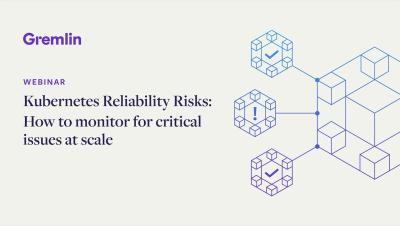How to troubleshoot unschedulable Pods in Kubernetes
Kubernetes is built to scale, and with managed Kubernetes services, you can deploy a Pod without having to worry about capacity planning at all. So why is it that Pods sometimes become stuck in an "Unschedulable" state? How do you end up with Pods that have been "Pending" for several minutes? In this blog, we'll dig into the reasons Pods fail to schedule. We'll look at why it happens, how to troubleshoot it, and ways you can prevent it.






